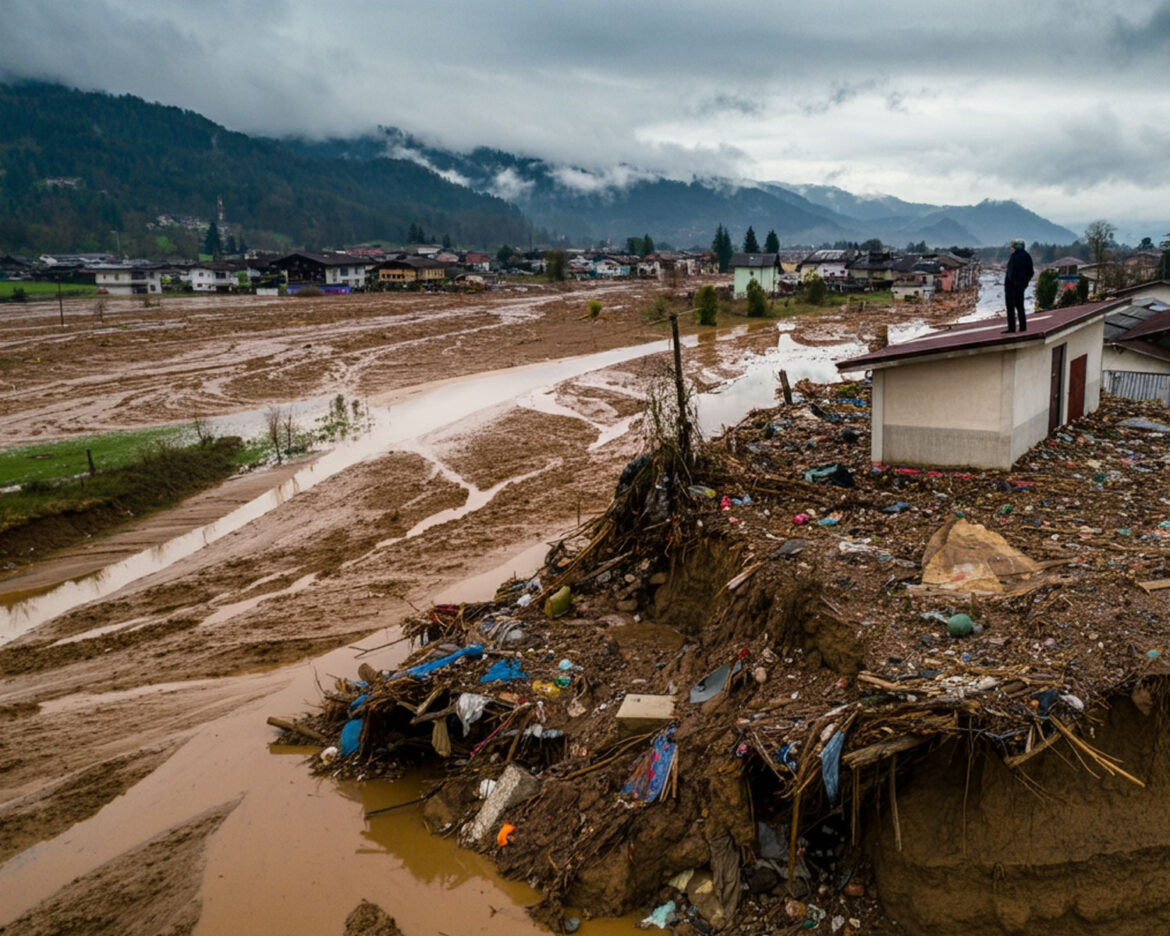Last month’s devastating floods in parts of Europe revealed how unprepared regions can be, even when advanced artificial intelligence (AI) accurately predicts extreme weather. While sophisticated AI-enhanced forecasting systems successfully anticipated the intense rainfall, the scale of destruction caught many by surprise, underscoring the challenges of responding to increasingly frequent extreme weather events driven by climate change.
AI has revolutionized weather forecasting by analyzing historical data to predict weather patterns at lower costs than traditional models. Systems like Google-funded GraphCast, which relies on reanalysis data, have outperformed traditional methods. However, gaps remain in applying this data, and experts emphasize the need for better investment in forecasting technologies and communication systems.
Andrew Charlton-Perez, professor of meteorology at the University of Reading, pointed out that AI models are only as effective as the data they receive. As extreme weather becomes more erratic, forecasting becomes more complex.
Europe’s failure to adequately prepare for the floods has raised concerns among experts. The European Environment Agency (EEA) warns that extreme weather, including heatwaves, droughts, and floods, will worsen, affecting life across the continent.
Norway-based entrepreneur Jonas Torland highlighted Europe’s lag in readiness compared to the U.S., where risk managers are more experienced in environmental hazard assessments. He criticized European governments for sticking to outdated data providers instead of investing in AI-driven solutions.
With climate risks escalating, experts stress that addressing these issues requires not just technological solutions but also political will. As Friederike Otto from Imperial College London remarked, “It’s not a question of data or technology; it’s a question of implementation and political will.”



